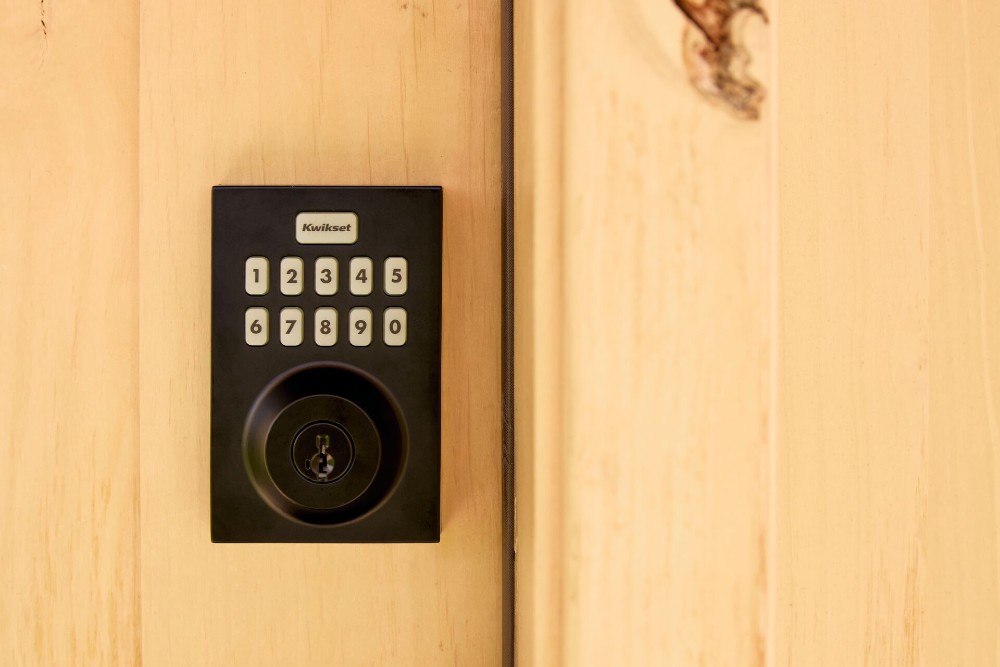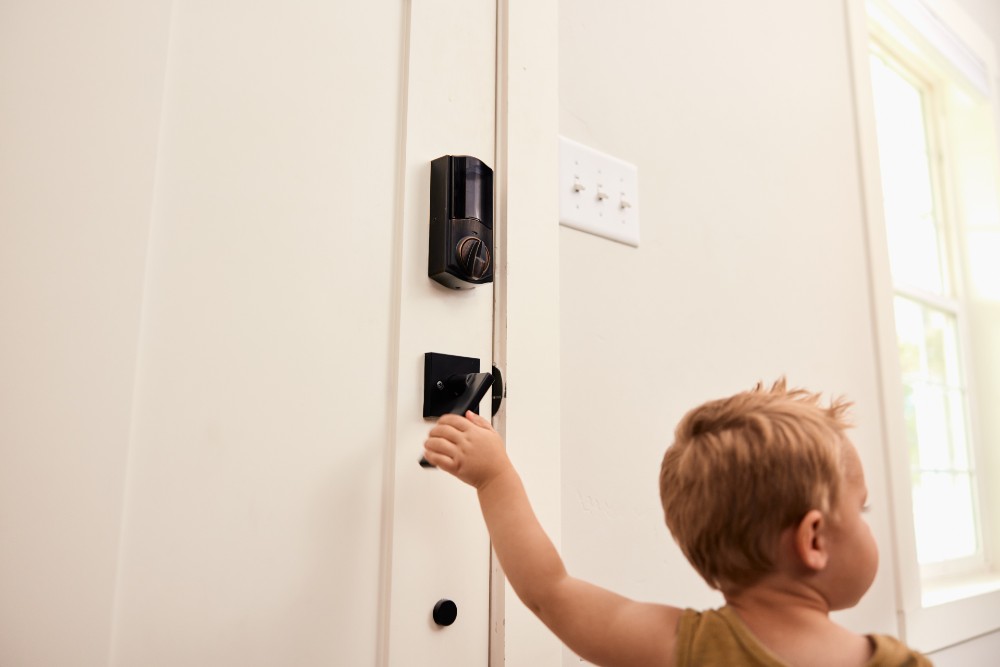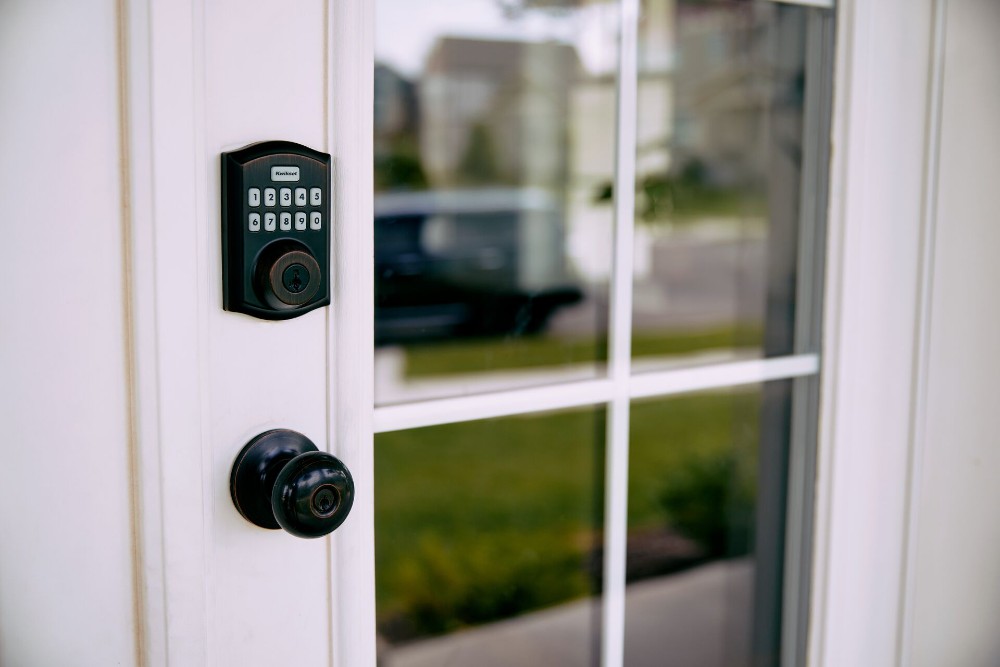Home security has come a long way, and so have door locks. From basic deadbolts to high-tech solutions, locks have evolved to boost security while making life easier. Today, keypad and keyless entry systems are at the forefront of modern security technologies.
Keypad entry systems use a numeric pad where you enter a code to unlock your door, doing away with the need for physical keys. This means you can change access codes anytime, adding a layer of security and convenience.
Keyless entry systems go a step further by eliminating the need for a keypad. These might include features like fingerprint recognition or remote access via smartphone, offering unmatched convenience and control.
Both options reflect a move towards smarter, more user-friendly security solutions that mesh well with other smart home devices, enhancing safety and ease of use. Let’s explore how each system measures up and which might best suit your needs.

Understanding keypad and keyless entry systems
When you want to upgrade your home security, understanding how both keypad and keyless entry systems work is the best place to start. Here’s a quick rundown to help.
Keypad entry systems offer convenience without compromising security. They feature a numeric keypad where you input a specific code to unlock your door. It's that simple: No fumbling for keys; just remember your code. You can easily reset this code whenever you need, which is great for giving temporary access or beefing up security if you suspect your code has been compromised.
Keyless entry systems take the tech up a notch. These systems can operate through several advanced methods:
- Biometric. You can unlock your door with your fingerprint or even facial recognition. It’s as personal as security gets.
- Bluetooth. Your smartphone or a key fob communicates with the lock to open it as you approach.
- Wi-Fi. This allows for remote access. You can lock or unlock any door in your home from anywhere using your smartphone, which is perfect for letting in guests when you're not home or checking if you forgot to lock up.
Both types of systems streamline entering and exiting your home, cutting down on the hassle of traditional keys while ramping up security. Whether you prefer the simplicity of a keypad or the advanced features of keyless entry, there’s a system tailored to your lifestyle and security needs.





